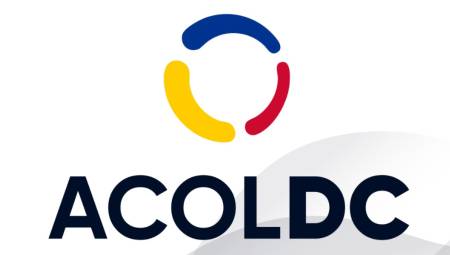 International. Cisco presented the results of a global study indicating that the cloud is moving toward a second wave of adoption where companies are no longer just focusing on efficiency and cost reduction, but rather looking to the cloud for a platform to drive innovation, growth and disruption.
International. Cisco presented the results of a global study indicating that the cloud is moving toward a second wave of adoption where companies are no longer just focusing on efficiency and cost reduction, but rather looking to the cloud for a platform to drive innovation, growth and disruption.
The study finds that 53% of companies expect to increase their cloud revenue in the next two years. However, this will be a challenge for many enterprises, as only 1% of organizations have optimized cloud strategies, while 32% have no cloud strategy at all.
The Cisco-sponsored Inforbrief "Don't Be Left Behind: The Business Benefits of Achieving Greater Cloud Adoption" was developed by IDC and is based on market research conducted with IT decision-makers in 3400 organizations in 17 countries, which are successfully deploying private clouds, public and hybrid in their IT environments, including Latin American countries.
Rodolfo Molina, Cloud Director Latin America at Cisco, said that "The cloud strategy in companies is increasingly important in the digitalization of them. In this second wave of adoption of cloud services, Cisco puts in the hands of our Customers and Partners a powerful tool that relates strategic business indicators with the adoption of cloud services. For Latin America this will be critical as the adoption of cloud services is faster than the global average."
The IDC study identifies five levels of cloud maturity: ad hoc, opportunistic, repeatable, managed, and optimized. The study found that organizations that are raising cloud maturity from the lowest level – ad hoc to the highest level – optimized, get the following results:
- Revenue growth of 10.4%
- Reduced IT costs by 77%
- Reduced time to deliver IT services and applications by 99%
- Increase in IT department capacity to meet service agreements (SLAs) by 72%
- Double the ability to invest in new projects to drive innovation.
- Economic Benefits for Advanced Cloud Organizations
The study also quantified the economic benefits that more mature cloud organizations are discovering. The organizations studied are earning an average of $1.6 million in additional revenue per application deployed in the private or public cloud. They are also reaching $1.2 million in cost reduction per cloud-based application.
The increase in revenue was largely the result of selling new products and services, gaining new customers, or selling in new markets. Organizations were able to attribute revenue gains to increased innovation resulting from the transfer of IT resources from traditional maintenance activities to new, more strategic, and more innovative initiatives.
The reduced operational costs associated with cloud come from the business advantages of running in a more scalable, reliable, and higher-performance environment. These include improved agility, increased employee productivity, risk mitigation, infrastructure cost savings, and open source benefits.
Mature Cloud Adoption by Country
Mature Cloud adoption varies by country, with the United States and Latin America among the countries with the highest percentage of organizations with repeatable, managed, or optimized cloud strategies and Japan with the fewest among the countries studied. The study points out the percentage of organizations with Mature Cloud adoption in each country:
34% USA
29% Latin America
27% United Kingdom
22% France
21% Germany
19% Australia
19% Canada
18% Korea
17% Netherlands
9% Japan









































































































